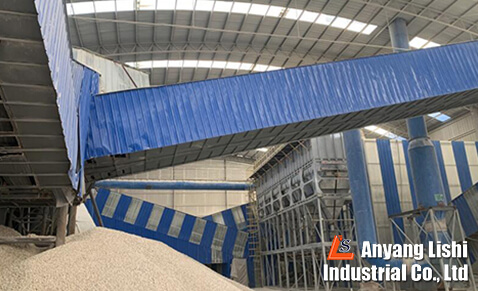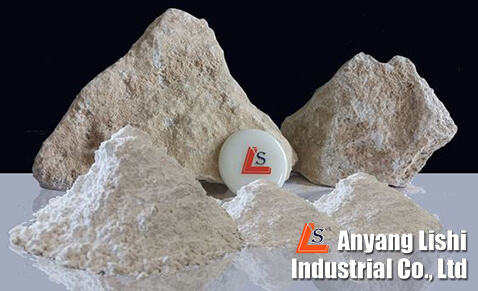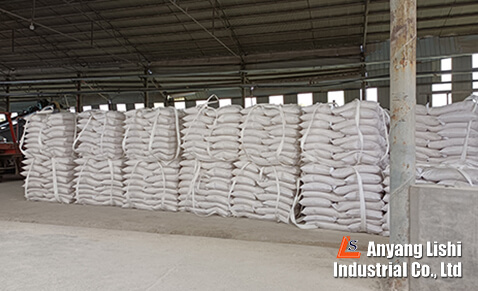
Exporting sodium feldspar requires careful consideration of several key aspects to ensure successful international trade operations. Here are five detailed points to be mindful of:
Exporters must prioritize the quality assurance of sodium feldspar to meet international standards and comply with regulatory requirements. This involves conducting thorough quality control checks at every stage of production, from mining to processing and packaging. Ensuring that the sodium feldspar meets the desired specifications in terms of purity, particle size distribution, chemical composition, and physical properties is essential. Additionally, exporters should obtain relevant certifications and documentation to demonstrate compliance with quality standards and regulations in the destination countries. This includes certificates of analysis, quality assurance reports, and safety data sheets.

Understanding and adhering to customs and trade regulations is critical for smooth export operations. Exporters should familiarize themselves with the import regulations, duties, tariffs, and documentation requirements of the target markets. This includes researching import restrictions, licensing requirements, and customs clearance procedures specific to sodium feldspar. Properly completing and filing all necessary export documentation, such as commercial invoices, packing lists, certificates of origin, and export permits, is essential to facilitate customs clearance and avoid delays or penalties. Additionally, staying informed about changes in trade policies, trade agreements, and export controls that may impact sodium feldspar exports is essential for compliance and risk management.

Effective packaging and shipping logistics are crucial to ensure the safe and efficient transportation of sodium feldspar to international markets. Exporters should use appropriate packaging materials that provide adequate protection against moisture, breakage, and contamination during transit. Proper labeling of packages with product details, including batch numbers, net weight, country of origin, and handling instructions, is necessary for identification and traceability. Selecting reliable transportation methods, carriers, and freight forwarders with experience in handling bulk minerals like sodium feldspar is important. Coordination of logistics, including shipping routes, modes of transportation (sea, air, or land), containerization, and scheduling, must be carefully managed to optimize delivery times and minimize transportation costs. Additionally, considering factors such as insurance coverage, Incoterms, and export documentation requirements related to shipping is essential for risk mitigation and cost management.

Conducting comprehensive market research and building strong customer relations are essential for successful sodium feldspar exports. Exporters should identify target markets with high demand for sodium feldspar and assess market trends, competitive landscape, and pricing dynamics. Developing a deep understanding of customer preferences, product specifications, and application requirements allows exporters to tailor their offerings and marketing strategies effectively. Establishing and nurturing long-term relationships with customers, distributors, agents, and trading partners in target markets fosters trust, loyalty, and repeat business. Maintaining open communication channels, providing responsive customer support, and addressing customer feedback and inquiries promptly contribute to building a positive reputation and brand image in the international market.
Proactive risk management and contingency planning are vital to mitigate potential challenges and uncertainties associated with sodium feldspar exports. Exporters should identify and assess various risks, including market volatility, currency fluctuations, geopolitical tensions, supply chain disruptions, and legal issues. Developing risk mitigation strategies, such as diversifying export markets, hedging currency exposure, and securing insurance coverage, helps safeguard against potential losses and disruptions. Creating contingency plans and alternative courses of action to address unforeseen events, such as production delays, transportation breakdowns, or regulatory changes, allows exporters to respond swiftly and effectively to mitigate negative impacts on export operations. Regular monitoring and review of risk factors and performance indicators enable exporters to adapt their strategies and operations to changing market conditions and emerging risks effectively.
By carefully considering these five key aspects, exporters can navigate the complexities of sodium feldspar exports and maximize their success in international markets.

Whether you have questions or you would just like to say hello,Contact us!
Call Anytime:
+86 15837207537Send E-mail:
info@lsakminerals.comAddress:
Anyang City , Henan Province, China.